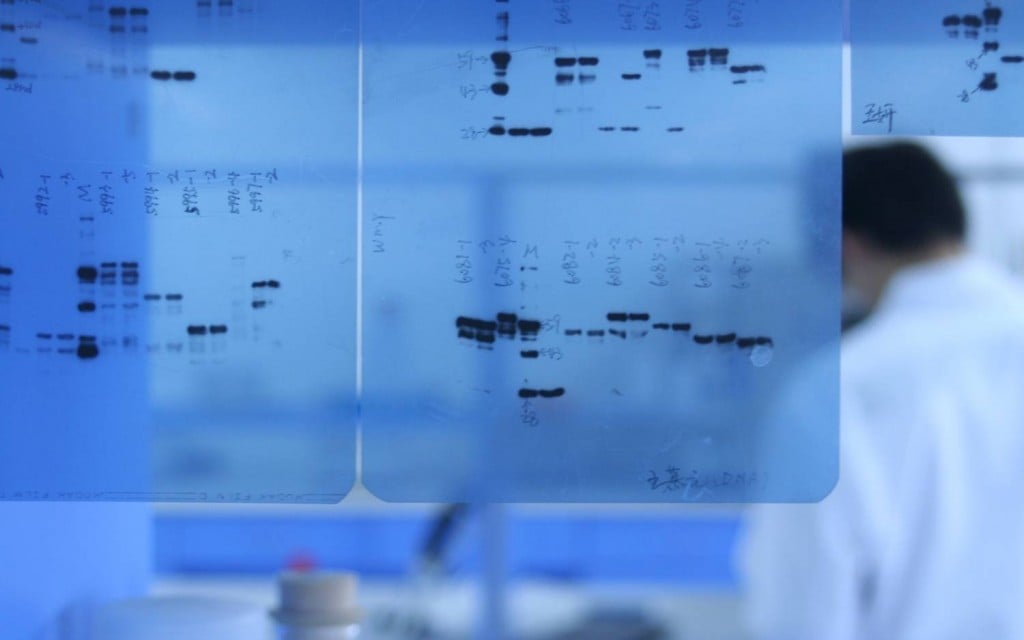There are six steps associated with the Western Blot, including sample preparation, gel electrophoresis, protein transfer, blocking, antibody incubation, and protein detection and imaging. You can get detailed information on western blot services through various companies like bosterbio.

Image Source: Google
1. Sample preparation.
Proteins can be extracted from various samples such as tissue or cells. Because the tissue sample has a higher degree of structure, the tissue is first broken down by mechanical inventions such as a homogenizer or ultrasonic treatment.
2. Gel electrophoresis.
The most commonly used gels are polyacrylamide (PAG) gels and buffers filled with sodium dodecyl sulfate (SDS). Western Blot uses two types of agarose gels: stacking gels, which concentrate all the proteins in a single strip, and separating gels, which can be used to separate proteins according to their molecular weight.
3. Transfer protein.
After the proteins are separated by gel electrophoresis, they are transferred from the inside of the gel to a solid support membrane to make the proteins available for antibody detection. The main method of protein transfer is electroblotting, which uses an electric field perpendicular to the surface of the gel to pull the protein out of the gel and transfer it into the membrane.
4. Transfer WB4. Blocking.
Blocking is an important step in Western blotting to prevent the binding of non-specific antibodies to the membrane. The most commonly used typical inhibitors are BSA and skimmed milk powder.
5. Incubation of antibodies.
After blocking, the primary antibody binds to the target protein while the primary antibody is incubated with the membrane. The choice of primary antibody depends on the antigen to be detected. Washing the membrane with an antibody buffer solution is useful for minimizing the background and removing unbound antibodies.
6. Protein detection and visualization.
The substrate reacts with enzymes that bind to secondary antibodies to produce a colored substance. This allows us to know the densitometry and location of the target protein.
